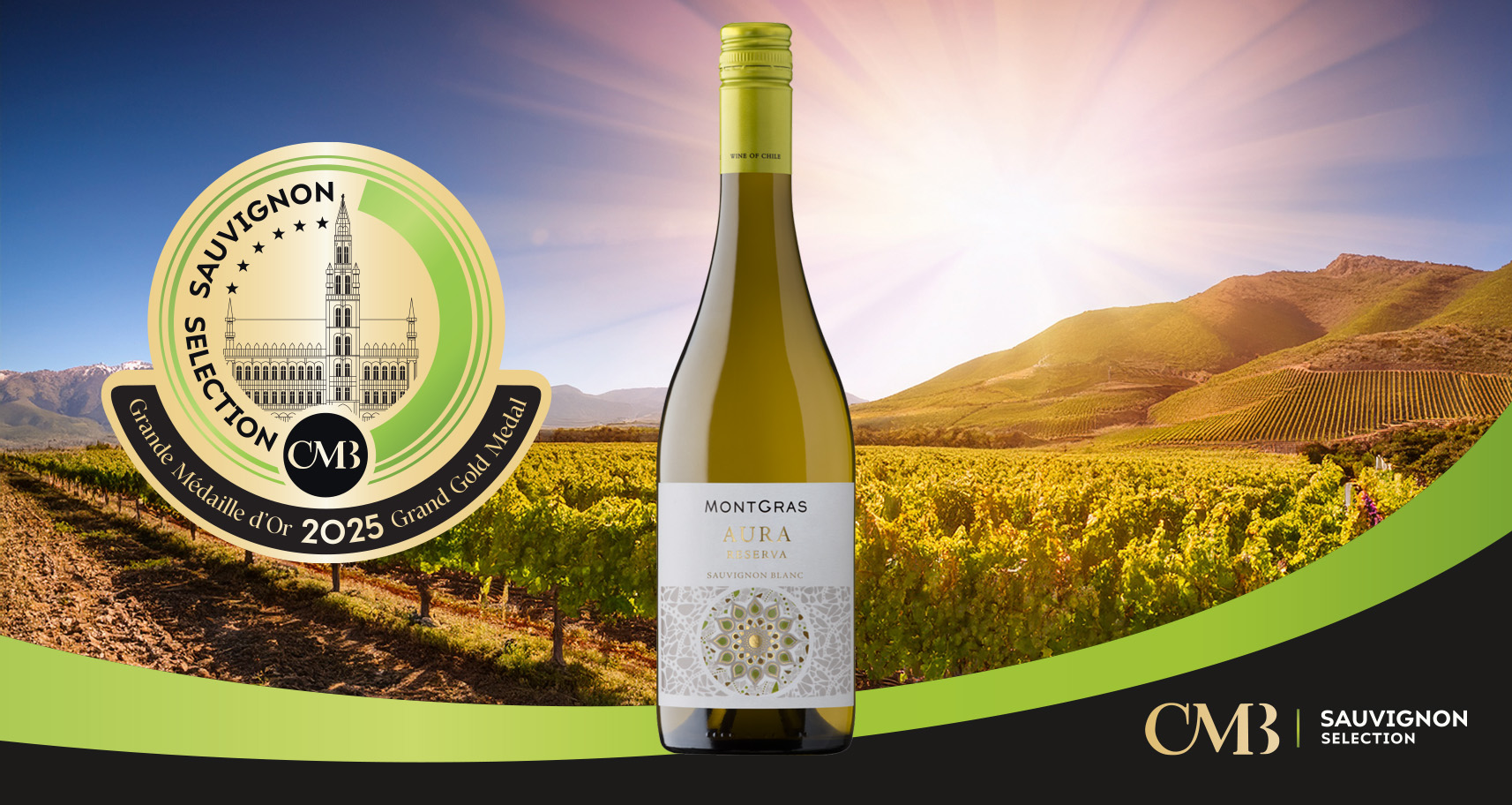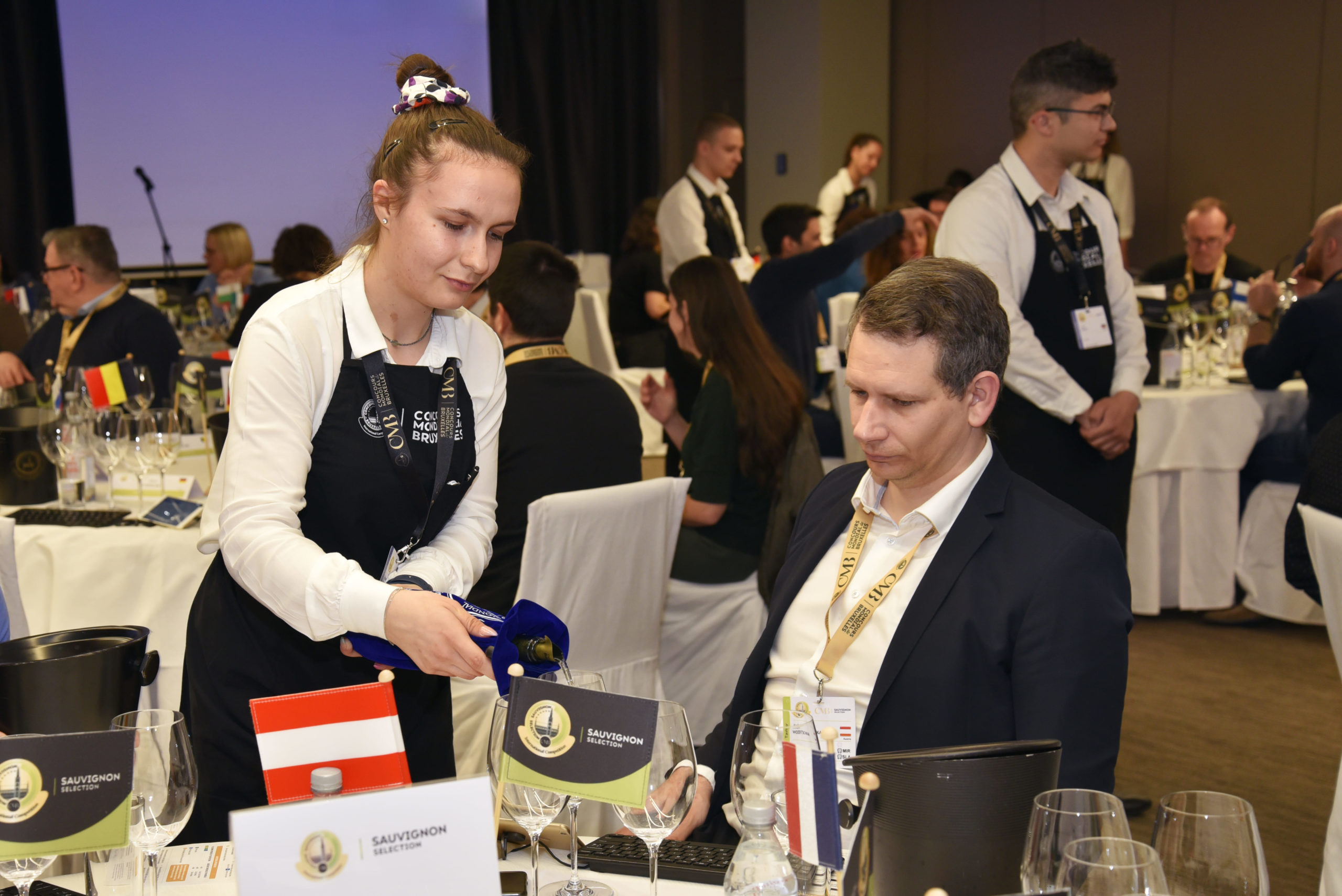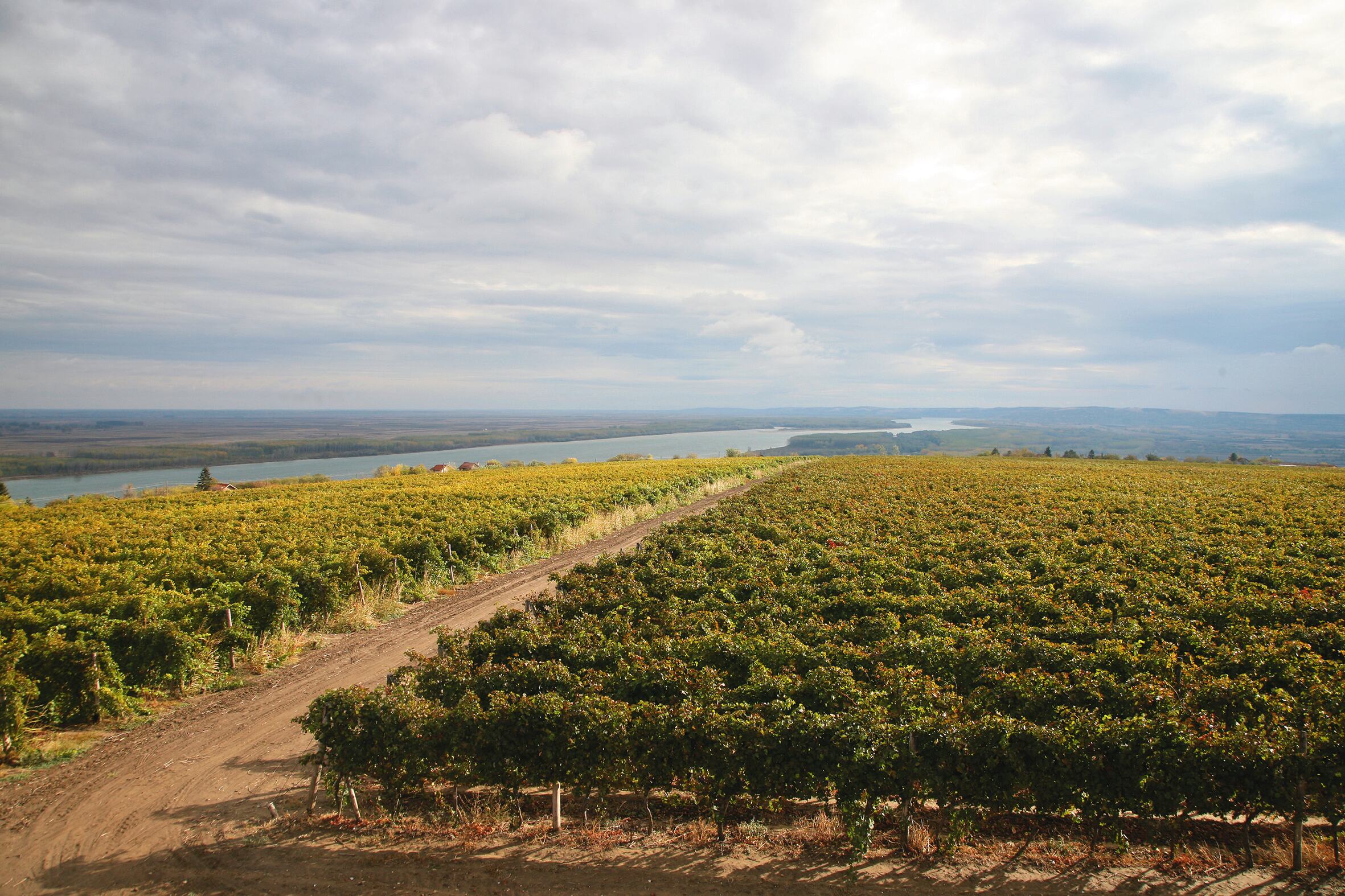Sauvignon & Oak
Sauvignon & Oak
Thiols, terpenes and pyrazines
Some white grape varieties inherently lend themselves to barrel maturation and/or fermentation. Chardonnay and Sémillon are obvious examples. In others, like Sauvignon, more delicate, volatile aromatics have long encouraged producers to steer clear of wood. However, spurred on by a desire for experimentation, and improved price points, growers are increasingly seeking to reconcile the need to preserve Sauvignon’s intrinsic varietal aromas with the micro- oxygenation afforded by oak. In reality, the variety’s broad aromatic spectrum means that there can be no “one size fits all” approach.
“A lot of people refer simplistically to Sauvignon’s thiol aromas”, concurs French consultant winemaker and cooperage expert Claude Gros. “In both Sauvignon blanc and gris, you also have terpenes and pyrazines”. These stylistic differences are not arcane concepts, they have a direct influence on how oak can and should be used. “Thiol aromas are very fragile in relation to oxygen so when they come into contact with new oak, production of peroxides deteriorates them. Terpenes, however, are much more resistant to oxygen, as are pyrazines”.
Freshness and tension are key
Successful use of oak with Sauvignon therefore implies a judicious choice of wood and, more importantly, an appropriate vessel format. “Nowadays, it probably seems trite to say it, but the larger the format, the better the end result in terms of aroma, particularly in the case of Sauvignon’s thiol aromas. It is only natural that aromatic integrity should be better preserved with a puncheon or a tun than with a 225-litre barrel”, says Claude Gros. More than just the container’s size, however, its shape also has an impact: “In my opinion, a round tun is much less effective than an oval one. With Sauvignon’s very delicate thiol aromas, you preserve its potential much better with an oval tun”. Another disadvantage of using smaller formats is the sweetness imparted by the oak. “Sauvignon is all about freshness and tension and oak can add sweet characters that make it feel heavy. When the surface area of wood in contact with the wine is higher, as with smaller barrels, the sweetness is more pronounced. When the ratio is lower, the result is greater depth in the wine, but without the sweetness. The wine is more mineral, tense and fresh, which is what consumers expect of a Sauvignon – they are not looking for the fat and volume of a Meursault”.
Alternative strategies
Before the fruit even reaches the winery, however, there are also issues for winegrowers to contend with, and one of the most obvious is climate change. “In a region like Languedoc, styles are leaning more heavily towards terpenes because the weather and climate change – more heat and earlier harvests – are making it more challenging to produce thiol aromas”. Elsewhere, staggering harvest dates can provide a mix of thiols, terpenes and pyrazines, making Sauvignon better equipped to withstand oxidation, and more suitable for oak fermentation or maturation. “If growers restrict themselves to thiol aromas, they have no other option than to use large vessels, or possibly a very light toast. With terpene aromas, however, they can use slightly more obvious or more Burgundy-style toasts, where the charred or smoke effect recalls typical Sauvignon aromas, including a degree of minerality”. Another successful strategy is to blend Sauvignon with other varieties, such as Sémillon, that are more suited to oak.
Revealing intrinsic characters
Ultimately, there is no hard and fast rule for using oak with Sauvignon. “There are examples where oak has produced magnificent results – think Dagueneau in theLoire – and others where monumental wines have been achieved without as much as a modicum of oak, think Ladoucette”, says Claude Gros. For those producerswho choose to embrace oak, particularly large formats and/or used oak, the potential results are wines showing greater depth, complexity, length and longevity due to higherresistance to oxidation. For Claude Gros, there is one main rule of thumb: “Oak has to be implicit rather than explicit. In a way the issue is slightly schizophrenic because wood is used to enhance the wine, but mustn’t be overt. Due to modern winemaking techniques, we have to less to hide and more to show and oak should be used to reveal in here nt characters and not as a mask”.
Go further. https://cmsauvignon.com/en/are-sauvignon-aromas-incompatible-with-oak/


